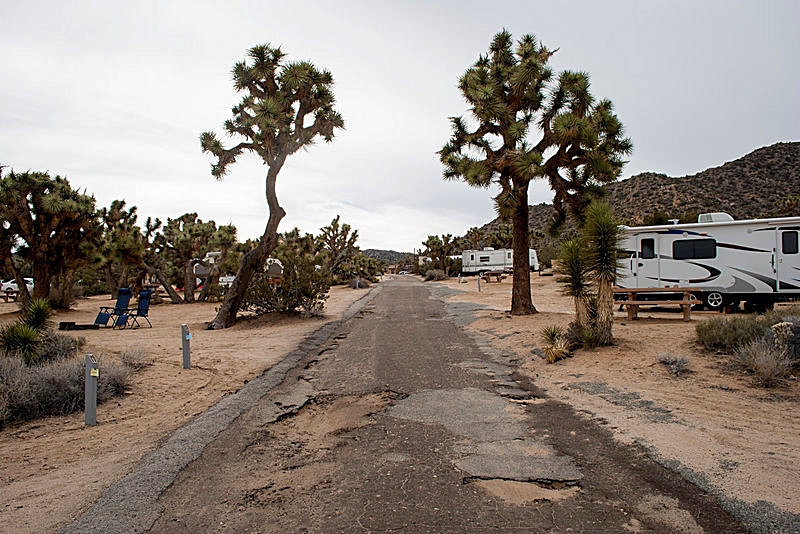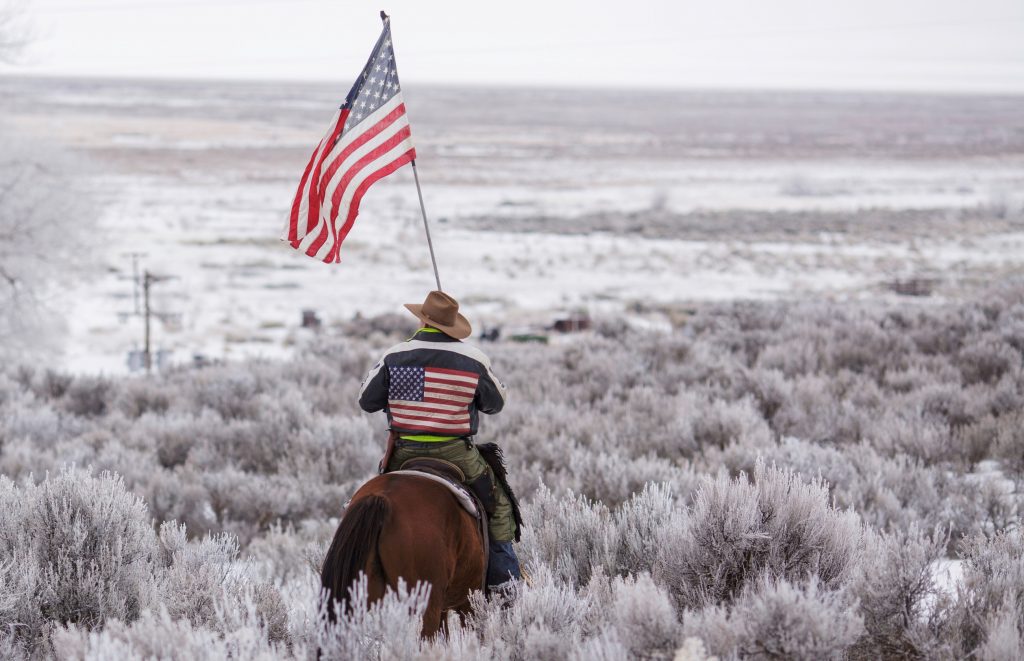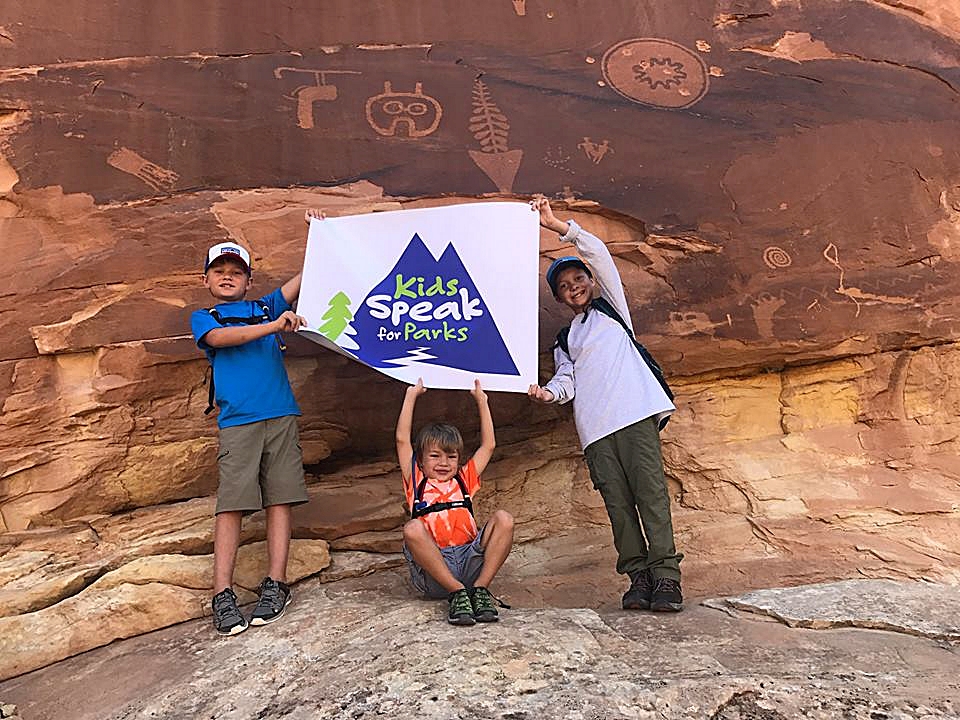In Yosemite National Park, for example, a leaky wastewater system has caused raw sewage to spill into the park’s streams. There were 17 of these sewage leaks between 1998 and 2000, and the failing sewer lines have yet to be replaced.
by Hannah Downey, Reed Watson
Property & Environment Research Center
Feds should stop digging a budget hole and quit the land grabs
President Trump might be known for amassing real estate ventures, but now he’s changing his tack — at least when it comes to America’s public lands.
Since the Trump White House released its proposed 2018 budget, most of the media attention has focused on taxes, healthcare and education. But an important element of the proposal has been largely ignored: The president wants to slow, if not stop, the addition of more land to the federal estate.
Specifically, the proposal concerning land acquisition by the Department of the Interior notes that the department owns roughly 500 million acres of federal land. “At a time when the DOI has billions of dollars in deferred maintenance, it needs to focus scarce resources and better manage what it owns before acquiring additional lands.” The budget proposes to reduce funding for DOI land acquisitions by $129 million, a 70 percent reduction from the year before.
While it is true that Congress must ultimately pass its own budget, the signal from the White House marks a stark shift from the course previous policymakers stuck to for decades. From 1965 to 2015, Congress appropriated nearly $10.4 billion to federal land acquisitions via the Land and Water Conservation Fund, swelling the federal estate by 5 million acres in the process.
The practical effect of those acquisitions has been to spread the budget for federal land maintenance too thin over too many acres, particularly for the National Park Service. The agency’s most recent estimate pegs its deferred maintenance needs at $11.3 billion across the national parks, monuments and other historic sites it administers. In Yosemite National Park, for example, a leaky wastewater system has caused raw sewage to spill into the park’s streams. There were 17 of these sewage leaks between 1998 and 2000, and the failing sewer lines have yet to be replaced.
Hence, the proposal to reduce federal land acquisitions might ultimately lead to better management of the public lands we already use and value. The number of park units the Park Service manages has grown from 390 in 2006 to 417 today.
Meanwhile, congressional appropriations for maintenance in those national parks and other sites have remained relatively constant. The growing number of visitors drawn to the majestic landmarks and wonders of the park system — 331 million visits in 2016, a record figure for the third year running — compounds the agency’s struggle to maintain facilities and infrastructure.
With more parks and more visitors, but little additional funding, the agency cannot keep up as new units are added and existing assets deteriorate. Even with supplemental funding for road and bridge improvements that often comes from transportation bills, land managers simply don’t have the necessary funds to maintain the roads, buildings, or water and sewer systems that visitors use.
The importance of deferred maintenance, particularly in our national parks, has garnered much attention on Capitol Hill. Earlier this year, the House Natural Resources Subcommittee on Federal Lands held a hearing on innovative funding approaches for national park infrastructure. One member of the subcommittee, Rep. Colleen Hanabusa (D-Hawaii), is now co-sponsoring a bill that would allocate $500 million annually in oil and gas royalties to help address the NPS backlog of overdue maintenance. Crucially, the bill explicitly states that none of the royalties can be spent on new land acquisitions.
Halting the expansion of the federal estate is a necessary step to address the billions of dollars of deferred maintenance, but stopping the bleeding is not enough — we will have to go under the knife. A systematic overhaul of federal land management and funding will be required to ensure our public lands can remain healthy for years to come.
Free Range Report
[wp_ad_camp_1]



